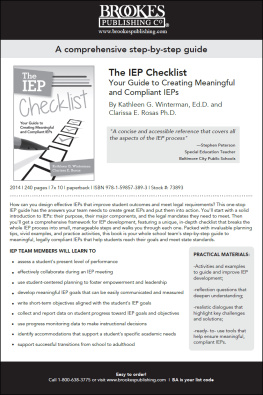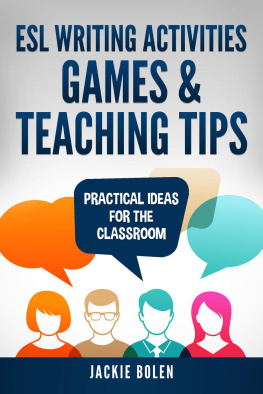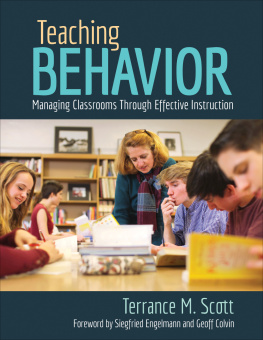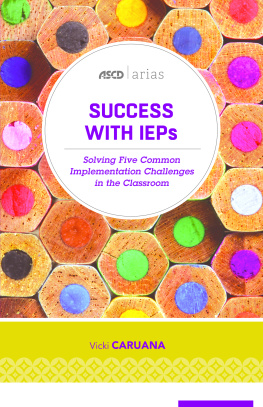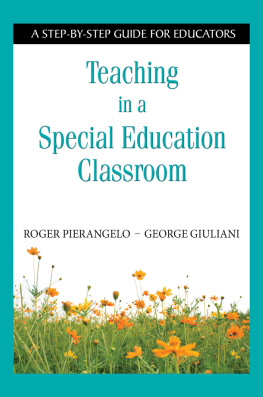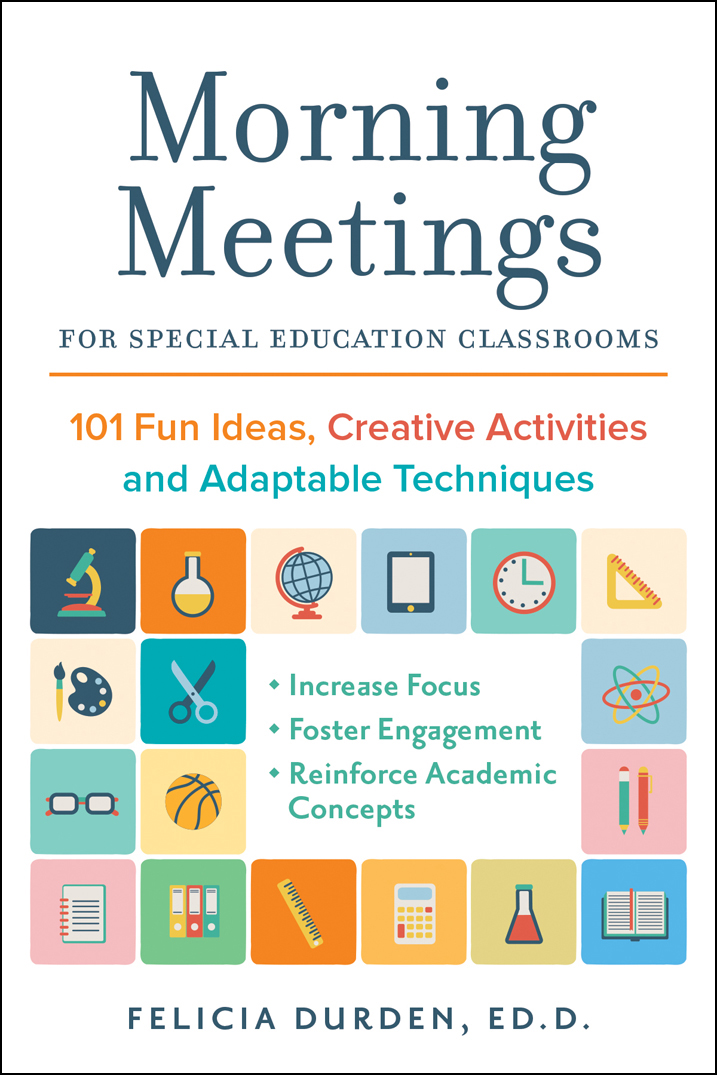
Text copyright 2017 Felicia Durden. Design and concept copyright 2017 Ulysses Press and its licensors. All rights reserved. Any unauthorized duplication in whole or in part or dissemination of this edition by any means (including but not limited to photocopying, electronic devices, digital versions, and the Internet) will be prosecuted to the fullest extent of the law.
Published in the United States by:
Ulysses Press
P.O. Box 3440
Berkeley, CA 94703
www.ulyssespress.com
ISBN13: 978-1-61243-702-6
10 9 8 7 6 5 4 3 2 1
Acquisitions editor: Casie Vogel
Managing editor: Claire Chun
Editor: Renee Rutledge
Proofreader: Shayna Keyles
Front cover design: Rebecca Lown
Interior design and layout: what!design @ whatweb.com
Cover artwork: cover and chapter graphics AnnRas/shutterstock.com
Interior artwork: see page 196
IMPORTANT NOTE TO READERS: This book is independently authored and published and no sponsorship or endorsement of this book by, and no affiliation with, any trademarked brands or other products mentioned within is claimed or suggested. All trademarks that appear in this book belong to their respective owners and are used here for informational purposes only. The author and publisher encourage readers to patronize the quality brands and products mentioned in this book.
Table of Contents
Guide
Contents
Congratulations on starting, renewing, or tweaking your journey using morning meetings in your elementary special needs classroom. The morning meeting method is a framework to use to start your day of learning. It involves bringing your students together as a community to learn. This book will provide instructional strategies to use during your morning meeting time.
Morning meetings enhance the learning experiences of your students and provide you the opportunity to work on goals; teach important social, emotional, and problem-solving skills; and informally assess students. I used the morning meeting method for over 10 years when I was a classroom teacher. It was the most essential routine of my day because of the long-lasting rewards it afforded me and my students.
As a school administrator, Ive found the morning meeting to be an excellent strategy, which has proven to help build a culture and climate that is supportive and inclusive for the special needs population. When I walk through classrooms, Im amazed to see students engaged in authentic inclusive learning. Study after study has concluded that morning meetings not only support building an inclusive culture and climate, but also serve as a catalyst for student academic success. I could not imagine teaching without utilizing the morning meeting method.
I will provide information about diverse strategies for using morning meetings to work with students with special needs. The strategies illustrate how the morning meeting routine helps support an inclusive learning environment and different learning targets. I will then share specific techniques on how to implement the routine in your elementary classroom. This book contains 100 activities that can be implemented during your morning meeting routine. Each activity is followed by a Common Core English Language Arts (ELA) Anchor Standard or Mathematical Practice or Next Generation Science Standard. The standards listed indicate the standard that addresses the instructional practices in the strategy listed.

Often, teachers feel that morning meetings are a waste of instructional time. Actually, the contrary is true. When students start their day on a high note they will have fewer behavioral issues, which are real time-wasters.
I have seen the morning meeting implemented in special needs classrooms across the United States. It can be utilized in self-contained models for students with varied needs. It can also be used in all grade levels. One of the underlying benefits of the morning meeting routine is that it provides a sense of belonging for students. When students join the morning meeting, they are asked to participate in the learning process; this immediately makes them feel like they belong and have an important role in their learning process. It also helps them feel like part of something bigger than themselves. They start to see that the classroom is theirs and that the learning revolves around all students.
This is an important leveling tool that teachers can benefit from when they implement the morning meeting routine in their classrooms. The days of the teacher being the sage on the stage, or the ruler of the roost, are over. The sage on the stage premise promotes the idea of the teacher being the dominant figure in the classroom who takes sole responsibility for what happens there. The paradigm has shifted in the twenty-first century classroom, where we now see the importance of having students guide the instructional process and be active participants in their own learning. With this idea in practice, students are part of the discussion, have classroom jobs, vote on classroom issues, and help and guide one another in their learning. All of these twenty-first century skills are highlighted in the morning meeting routine.
Todays classrooms are inclusive places of learning, where teachers serve as facilitators of the learning.
Teacher as Facilitator of Learning
As a facilitator, your job is to make the learning process accessible and stress-free for your learners. Facilitation means you provide students with the tools to be problem solvers and self-dependent learners. It does not mean making the curriculum unchallenging or providing low levels of rigor in the classroom. Students should be able to meet the expectation levels that you set for them. As the facilitator of the morning meeting, your job is to provide kids with the tools they need to maneuver the school day by starting it off with a positive routine.
What Constitutes a Good Classroom Environment for Learning?
Classroom environment has been shown to be pivotal in student achievement. Students thrive in classroom environments that are safe, inclusive, orderly, attractive, and comfortable.
Safe Classroom Environment
A safe classroom environment is one in which students feel physically, emotionally, and socially secure. These classroom environments have a positive tone, and students feel that the adults in the classroom care about them and their needs.
Physical safety is accomplished by establishing classroom rules and expectations of behavior. When you model the appropriate ways to solve conflict, talk to others, and disagree, you help students learn the skills they need to ensure they feel safe and secure.
Emotional safety is accomplished by ensuring students dont endure undue emotional stress. Today many of our students come to class with a lot of outside issues from home. These issues can trickle into the classroom and cause emotional stress. As a teacher, you can curtail emotional stress by getting to know your students and having authentic conversations with them about their lives. This book will outline several getting-to-know-you strategies that you can easily implement during your morning meeting routine to help ease emotional stress.
Social safety is also important in the classroom. Students need to feel free, when appropriate, to interact with their classmates, teachers, and other adults inside and outside of the classroom. Social safety is threatened when students do not feel that they have a voice or that they belong to the group. To combat these fears and develop social safety, students need opportunities to talk to their classmates and build teams. In the upcoming chapters, you will learn numerous team-building, social networking, and classroom inclusion strategies to help students feel socially accepted and enjoy contributing, which are necessary parts of the classroom environment.


